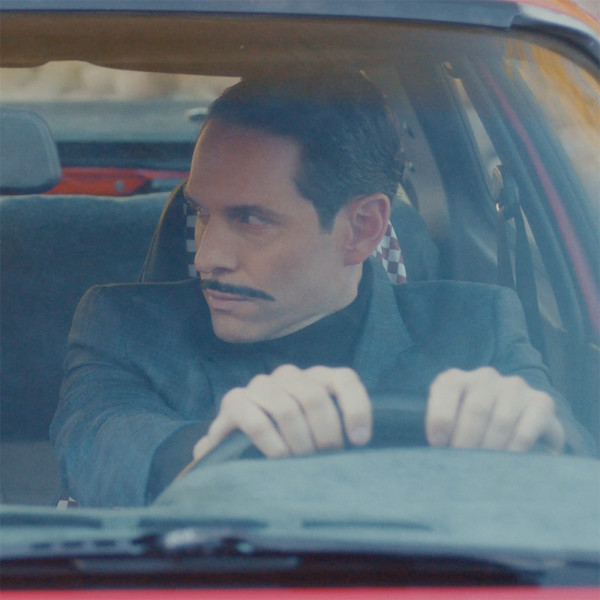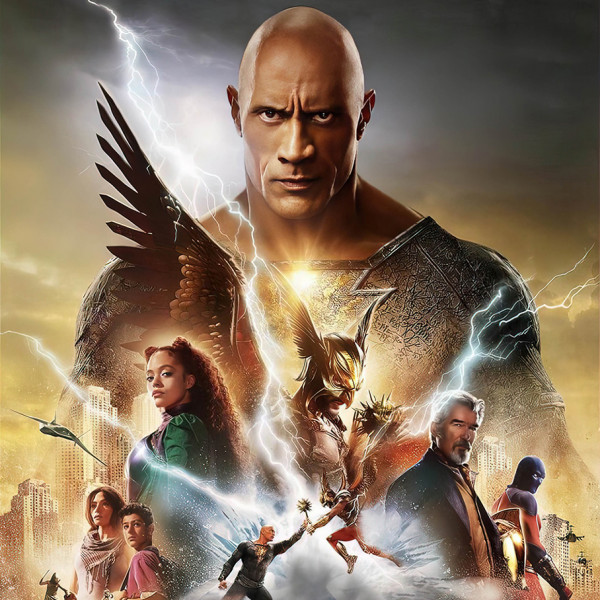
I’m going to be honest with you all – though that is becoming a trend in these reviews – my favourite part of The Thief Collector is the title sequence animation by art director Scott Grossman and animator Michael Lloyd. That’s not to say the rest of the movie wasn’t enjoyable, but their work is just brilliant in that it’s reminiscent of the iconic James Bond visuals. Anyway, I digress.
The Thief Collector is director Allison Otto’s debut documentary feature. It’s a classic art-heist movie… or so I thought. On a base level, the story recounts how Willem de Kooning’s Woman-Ochre was discovered on the wall of Rita and Jerry Alter’s home in Cliff, New Mexico, 30 years after it disappeared from the University of Arizona’s art gallery on the day after Thanksgiving in 1985. This mystery was an enigma for decades until estate agents Buck Burns and Dave Van Aucker’s chance discovery. In the time that Woman-Ochre sat in a chintzy gold frame behind the Alters’ bedroom door, it appreciated from $400,000 to $160 million. I won’t spoil how they allegedly stole the artwork.
The Thief Collector is brilliantly edited by Nick Andert, featuring home videos, photographs, interviews, and dramatisations starring Sarah Minnich and Glenn Howerton (It’s Always Sunny in Philadelphia) as Rita and Jerry. Interviews include baffled family members and friends, de Kooning biographer Mark Stevens, agents from the FBI’s art-theft task force, and more.
The story gets especially interesting once it moves on from the de Kooning theft. Suddenly the Alters are calculating and experienced adrenaline junkies with endless secrets. The film takes a turn from treating the theft as an isolated event to a lifetime of ill deeds, analysing Jerry’s book of short stories The Cup and the Lip not as fiction, but a sort of clandestine confessional. Let me tell you: there are some pretty extreme ones in there.
I don’t want to ruin anything, because you can see The Thief Collector as part of Doc Edge Film Festival on the 17th of June at The Roxy Cinema. All I’m going to say is you may want to have a peek down your septic tank.











